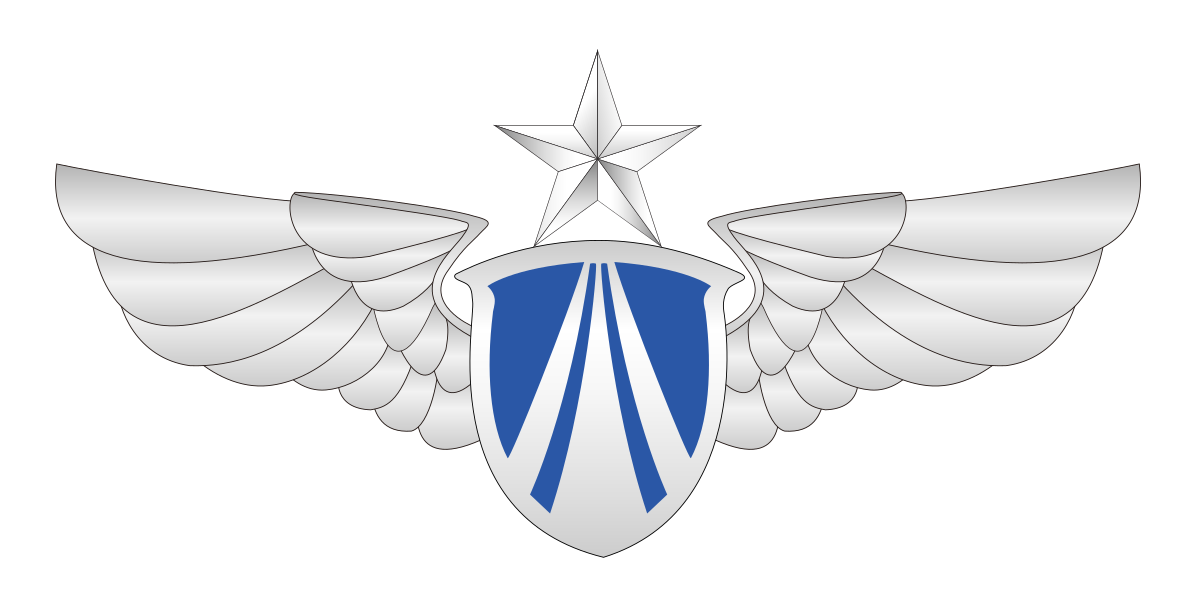Thank you Six, going into the second draft. 
I agree about Hong Kong too, I'm wondering if i should separate the list into several strike waves.
Other additional targets Im going to add include HQ locations for ground forces, PLAAF airfields, and refinery locations. Its looking like the refinery list is going to be short though.

I agree about Hong Kong too, I'm wondering if i should separate the list into several strike waves.
Other additional targets Im going to add include HQ locations for ground forces, PLAAF airfields, and refinery locations. Its looking like the refinery list is going to be short though.



Comment